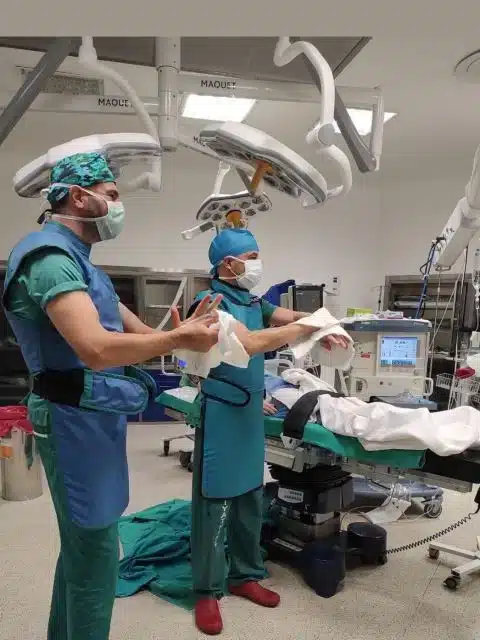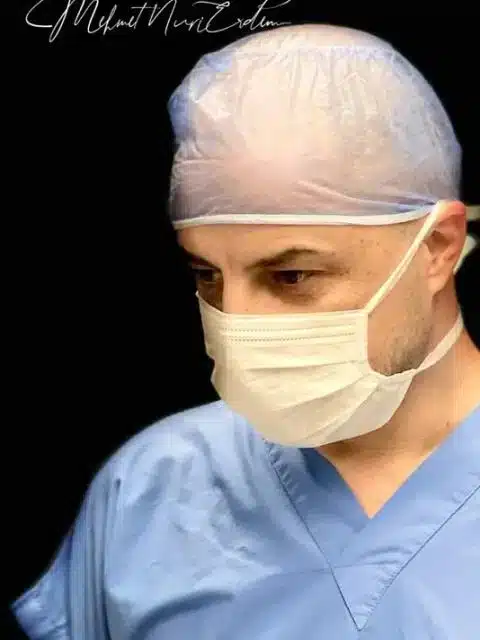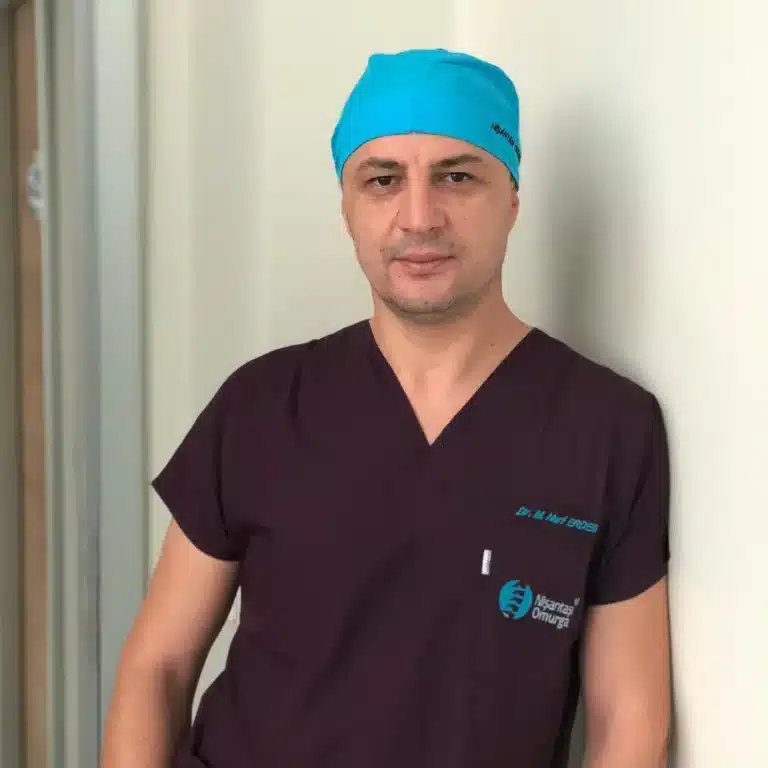One of the primer non-surgical treatments for hip osteoarthritis(calcification) is physical therapy, also known as physiotherapy. It is worthwhile to briefly talk about hip calcification before moving on to treatment options and when these applications will be applied, to whom.
What is Hip Arthritis?
Calcification(osteoarthritis) of the hip is a disease that occurs gradually over the years and eventually results in the complete loss of the hip joint cartilage. Articular cartilage is smooth, slippery and shiny at young ages, and has a high load-bearing capacity. Cracks, abrasions and injuries that form over time initiate the wear process on the cartilage. Cartilage is like a hat, in this sense it can be likened to the roof of the house. If the columns of the house are not strong, that is, if the bone on which the cartilage tissue located is weakened, the collapse of the cartilage will also become easier and the calcification process will accelerate.
Osteoporosis, which is more common especially in women after menopause, will weaken the bones, while accelerating the wear of the cartilage which will advance the calcification disease.Unlike the knee joint, congenital hip dislocation and childhood hip bone diseases also predispose to calcification in advanced ages or accelerate calcification that occurs with age.
Symptoms of Hip Arthritis
The first signal of hip osteoarthritis noticed by the patient is pain. A pain with movement, usually felt in the groin, appears. The load-bearing capacity of the hip joint gradually decreases, so the walking distance begins to decrease. Pain and difficulty in daily activities such as sitting & getting up, going up and down stairs, getting in and out of a car, and wearing socks are important symptoms. There is a restriction of movement, the patient begins to be unable to move the hip.
Over time, walking is impaired, and the patient begins to limp in a way that can be noticed from the outside. As the disease progresses, the need to use a cane appears. All these are the response of calcification to the patient.
Early Treatment Options
In the early stages of hip osteoarthritis, the cartilage tissue is not yet completely damaged and the treatments are aimed at preserving the existing cartilage tissue. These treatment options can be summarized as regulation of daily life activities, physiotherapy, PRP and stem cell injections.
The goal is to reduce pain, maintain the range of motion, slow down or stop the osteoarthritis process, and even achieve recovery.
Regulation of Daily Life Activities
Joint health is possible with movement, the disease will gradually progress in non-moving joints. Therefore, move as much as possible. Excess weight will increase the load on the joint and further the cartilage damage, which will increase pain and the limitation of movement. That is why it is necessary to maintain your current weight and, if possible, to lose weight. It is necessary to avoid carrying heavy loads, walking and standing for long periods of time. Soft-soled and flat-heeled shoes should be worn. Sitting in the same position for a long time should also be avoided, sitting with legs crossed, chairs or armchairs lower than knee level should not be preferred. In this sense, it would be appropriate to use a toilet seat riser in the toilet.
Physiotherapy in Hip Arthritis
These methods are practiced by physiotherapists. Your doctor will follow you throughout the process and re-evaluate you at the end of the treatment. Physiotherapy methods include hot or cold applications, electrotherapy (TENS, electrical stimulation, etc.), ultrasound therapy, short wave therapy and personalized exercises. The duration, intensity and frequency of these exercises vary according to which stage you are in the calcification process. The point to remember is; These exercises should continue to be performed regularly at home even after the physical therapy process is over. Otherwise, the well-being provided by physiotherapy will not continue, and the calcification disease will continue to progress in its own rhythm.












